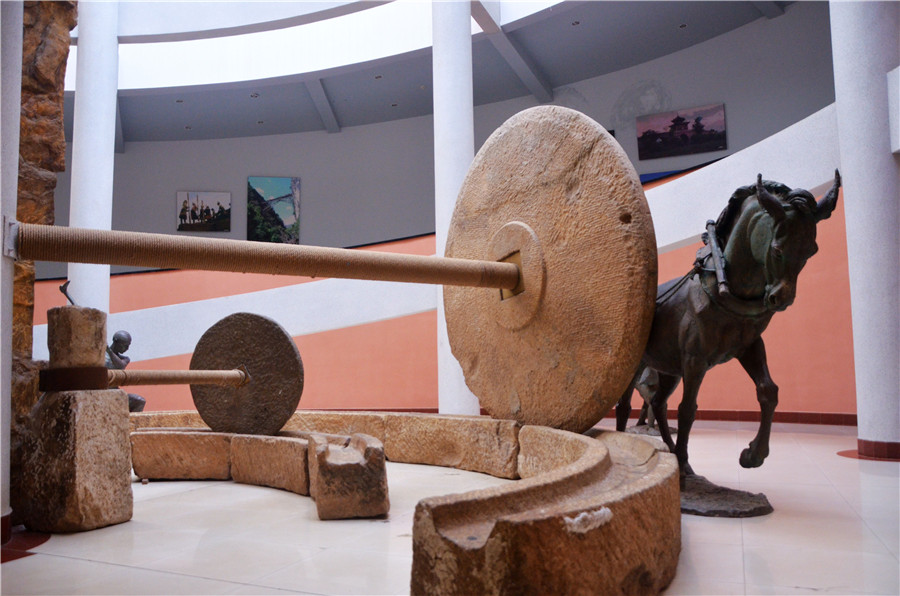Early History of Yunnan
The early history of Yunnan is rich and diverse, shaped by its unique geography, abundant natural resources, and interactions with various ethnic groups and cultures. Here’s an overview of key historical developments:
- Ancient Kingdoms and Early Civilizations:
- Yunnan has been inhabited since ancient times, with archaeological evidence dating back to the Paleolithic era (30,000-10,000 years ago). Early settlements emerged along the banks of rivers and fertile valleys.
- During the Bronze Age (approximately 2000-1000 BCE), the Dian Kingdom in central Yunnan became prominent. The Dian culture flourished around Lake Dian and engaged in trade with neighboring regions.
Yunnan Provincial Museum in Kunming
- Influence of Chinese Dynasties:
- Yunnan came under the influence of Chinese dynasties during the Han Dynasty (206 BCE – 220 CE), when it was incorporated into the Han Empire’s southwestern frontier. The Han Dynasty established administrative control over the region and promoted trade along the Southern Silk Road.
- The Tang Dynasty (618-907 CE) further strengthened Chinese governance in Yunnan, establishing military outposts and facilitating cultural exchange. Buddhism also spread into the region during this period.
- Nanzhao and Dali Kingdoms:
- During the 8th to 10th centuries, the powerful Nanzhao Kingdom emerged in northwestern Yunnan, centered around the city of Dali. Nanzhao expanded its influence over neighboring regions and played a significant role in regional politics and trade.
- The Nanzhao Kingdom was succeeded by the Dali Kingdom (937-1253), which continued to prosper as a major political and cultural center in Yunnan. The Dali Kingdom maintained diplomatic relations with neighboring states and promoted Buddhism and Taoism.
- Mongol and Ming Dynasty Rule:
- Yunnan fell under Mongol rule during the Yuan Dynasty (1271-1368), integrating into the Mongol Empire’s southwestern territories. The Yuan Dynasty exerted control through a system of military garrisons and administrative reforms.
- The Ming Dynasty (1368-1644) consolidated Chinese authority in Yunnan, establishing it as a province and fortifying its borders against external threats. Yunnan became a hub for trade and cultural exchange between China and Southeast Asia.
- Modern Era and Qing Dynasty:
- The Qing Dynasty (1644-1912) expanded Qing control over Yunnan and implemented policies to strengthen governance and agricultural development. Yunnan’s strategic location facilitated trade with neighboring countries such as Burma (Myanmar) and Thailand.
- During the late Qing period, Yunnan was impacted by internal rebellions and external pressures, including conflicts with Western colonial powers and regional instability.
- Modernization and Contemporary Yunnan:
- In the 20th century, Yunnan experienced significant socio-political changes, including the establishment of the Republic of China in 1912 and the Communist Party’s rise to power in 1949.
- Today, Yunnan Province is known for its cultural diversity, rich heritage, and scenic landscapes. It remains an important economic and cultural hub in southwestern China, attracting tourists and researchers interested in its history and vibrant ethnic communities.
Yunnan Provincial Museum in Kunming
The early history of Yunnan reflects its role as a crossroads of cultures, trade, and political interactions, shaping its identity as a unique and dynamic region within China.














